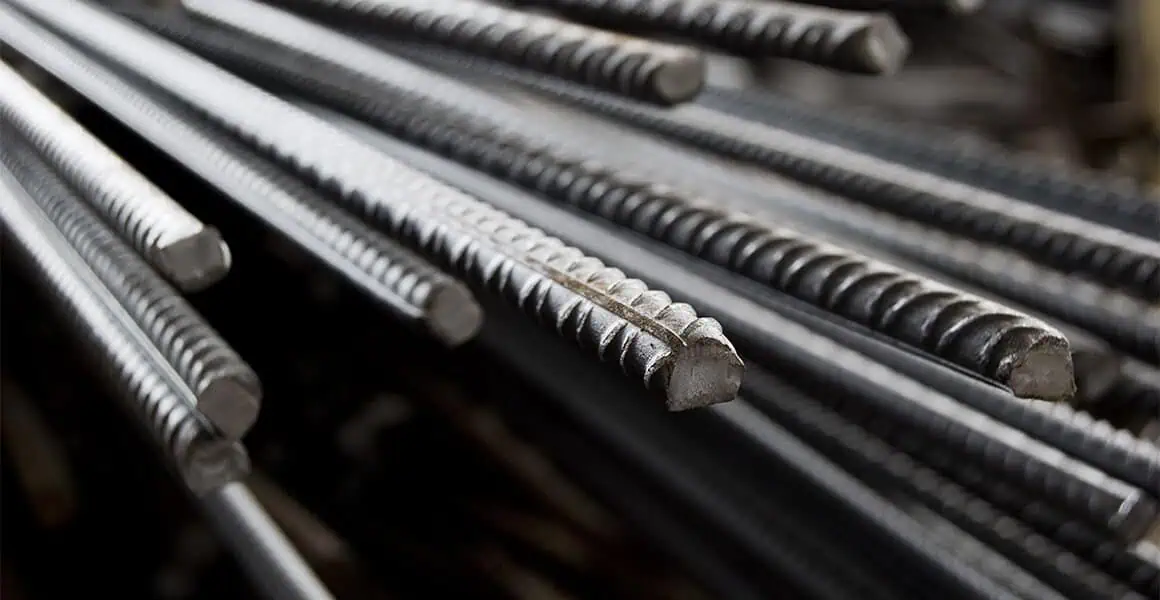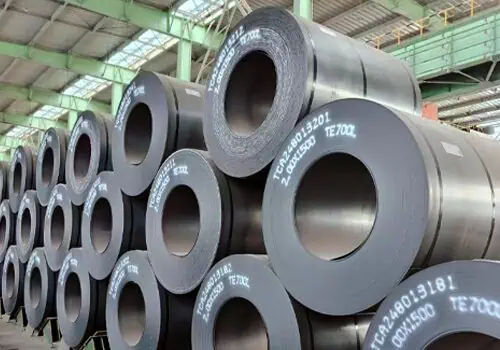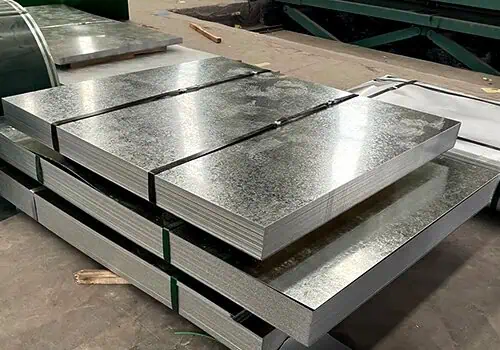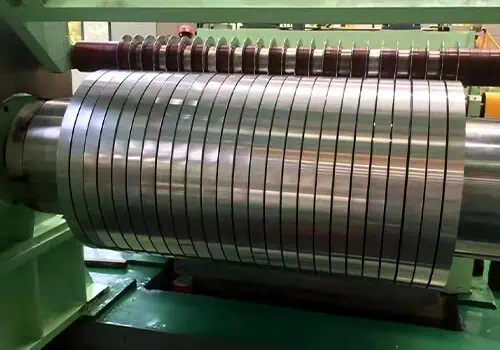Rebar mistakes weaken structures. Many contractors face costly failures. Learn reliable ways to connect rebar that guarantee safety, save time, and keep construction projects strong and efficient.
How to connect rebar safely and effectively? To connect rebar safely, use lap splicing, mechanical couplers, or welding. Each method ensures strength, meets building codes, and prevents failure. The right choice depends on load requirements, project size, and budget.
Now let’s look at the most important questions about rebar connections in construction.
What Is the Purpose of Connecting Rebar?
Concrete structures rely heavily on rebar connections to provide strength and integrity. Without them, even the best materials cannot withstand stress.
Rebar connections provide continuous reinforcement by transferring loads and preventing cracks. They improve the durability, stability, and resistance to seismic activity.
When engineers consider how to connect rebar, they prioritize structural safety. Proper connections allow concrete to function as a unified system rather than as individual blocks. Whether in bridges, footings, or columns, continuous reinforcement eliminates weak points. For example, knowing how much overlap to use when tying rebar or following the proper rebar tying requirements ensures that loads are distributed evenly. This makes structures more resistant to heavy traffic, earthquakes, and temperature changes.
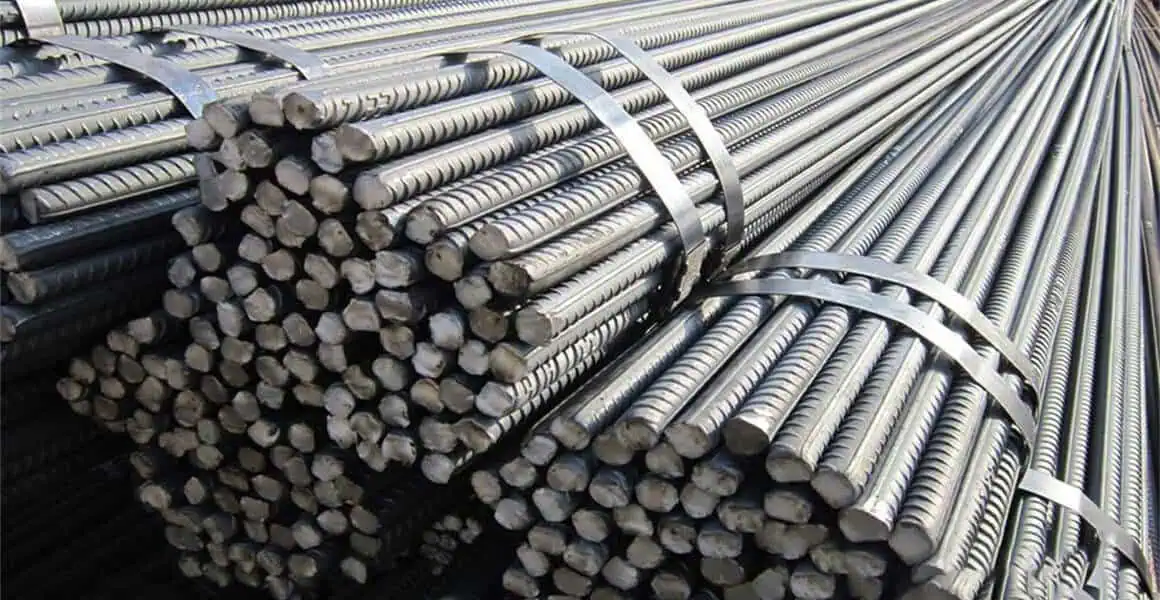
What Are the Main Methods of Connecting Rebar?
Contractors often face different options when considering how to connect rebar together, and each technique affects project safety, cost, and speed.
The three primary connection methods are lap splicing, mechanical couplers, and welding. Each has distinct advantages depending on the project’s requirements.
Lap splicing involves overlapping two bars. The overlap, also known as the rebar splice length, is determined by the bar size and design codes. In contrast, mechanical couplers use steel sleeves to lock bars together. They are efficient and precise, making them popular in high-rise construction. Welding rebar end-to-end provides permanent strength, but it requires skilled workers. In practice, contractors often balance these types of rebar ties to meet budgets and deadlines.
How to Connect Rebar Without Welding?
Not all projects require welding. Costs, labor shortages, and safety concerns frequently push contractors to seek alternative methods.
Rebar can be connected without welding using lap splicing or mechanical couplers, both of which are globally approved by construction codes.
Knowing how to connect rebar without welding is especially useful for projects with limited funds or short deadlines. Lap splicing is a simple process in which bars are overlapped according to the required rebar splice length and secured with wire. Couplers, on the other hand, strengthen the joint by mechanically locking two bars, thereby reducing steel waste. Both techniques avoid issues such as heat damage and delayed inspections. When teaching new workers, supervisors also explain how to connect rebar end to end with couplers and how to connect two pieces of rebar by overlapping for safety and efficiency.
Which Rebar Connection Is Strongest?
Strength is always the deciding factor. Contractors prefer connections that can withstand high loads and seismic shocks.
Mechanical couplers typically form the most durable and consistent bond, particularly for seismic or high-rise projects.
Welding can be very strong, but it requires skilled labor and strict inspections. Despite its popularity, lap splicing requires additional steel and space. In contrast, couplers save time and provide dependability. Many engineers researching how to connect rebar to wood or concrete frameworks prefer couplers due to their adaptability. They provide design flexibility without sacrificing safety, making them the modern favorite for large-scale projects.
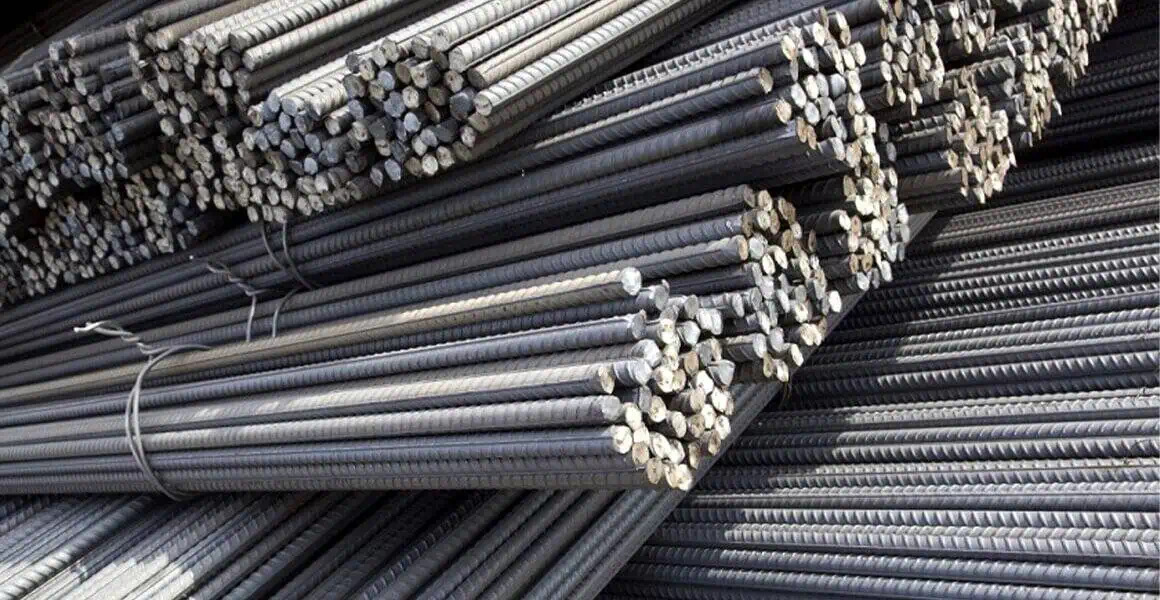
What Tools Are Required to Connect Rebar?
Each rebar method necessitates the use of specific tools. Choosing the right ones ensures speed, precision, and adherence to building codes.
Depending on the method, tools such as cutters, benders, tie wires, couplers, torque wrenches, and welding machines are used.
Lap splicing frequently employs a rebar tie tool to ensure quick and consistent ties. Workers also learn how to tie rebar with pliers or how to tie rebar with a hook, especially for smaller projects. Foundation guides show how to tie rebar for footings, whereas column designs show how to tie rebar for a column. Circular rebar ties are also commonly used in reinforced concrete structures. Teams can achieve speed and safety by combining proper equipment and training.
How to Ensure Quality in Rebar Connections?
Poor-quality connections result in weak structures and delays, making inspection and standards essential.
Quality is ensured by certified materials, skilled labor, regular inspections, and adherence to codes such as ACI or ASTM.
Site supervisors ensure that all rebar tying requirements are met, including correct overlaps, tight couplers, and precise welding. They check details such as lap splice lengths and torque levels. Using certified materials not only ensures safety but also increases client confidence. Documenting inspection processes is critical for demonstrating compliance in government projects or exporting materials across borders.
What Are Common Mistakes When Connecting Rebar?
Even skilled workers can make minor mistakes that result in dangerous weak points in structures.
Short laps, loose couplers, poor welding, and using low-quality rebar are all common mistakes.
In practice, common errors occur when workers ignore how to tie rebar with a hook properly or forget how much overlap when tying rebar. Misalignment during coupler installation or skipping inspection further weakens the structure. Training teams on the proper types of rebar ties reduces mistakes, increases safety, and lowers long-term maintenance costs.
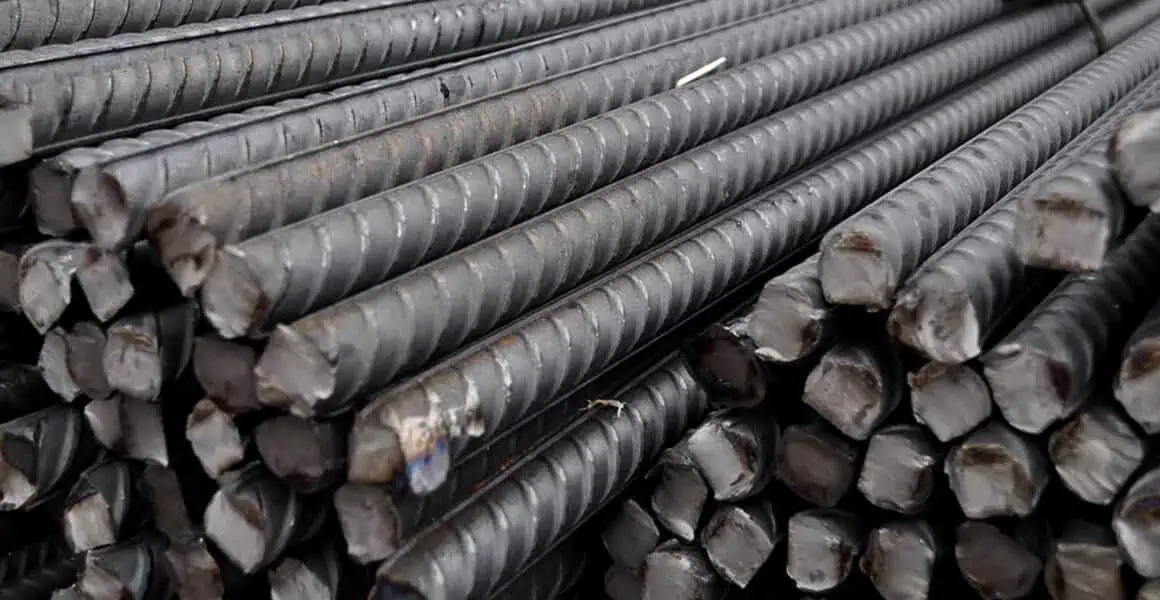
How Much Does It Cost to Connect Rebar?
The budget is an important consideration in every project. The cost of connections varies greatly.
Welding is expensive, lap splicing requires more material, and couplers strike a balance between cost and performance.
For small projects, tying rebar with wire is still an affordable option. Couplers are beneficial for larger projects because they reduce steel waste and speed up assembly. Consider labor rates, material costs, and inspection fees to get an accurate picture of expenses. Some businesses even calculate costs per method when deciding how to connect rebar to wood or other frameworks.
How Do International Codes Regulate Rebar Connections?
Compliance with international standards is critical to the safety and approval of global projects.
Codes such as ACI, Eurocode, and ASTM specify accepted connection methods and testing requirements.
For example, Eurocode permits mechanical couplers in seismic zones, whereas ACI requires a minimum rebar splice length. International codes also specify how to connect rebar together safely in a variety of applications. By adhering to standards, contractors not only meet legal obligations but also gain client trust in competitive markets.
Summary
Rebar connections that are safe and code compliant ensure the long-term durability of structures. Contractors can avoid mistakes, save money, and ensure long-term reliability by using the right method and tools.

